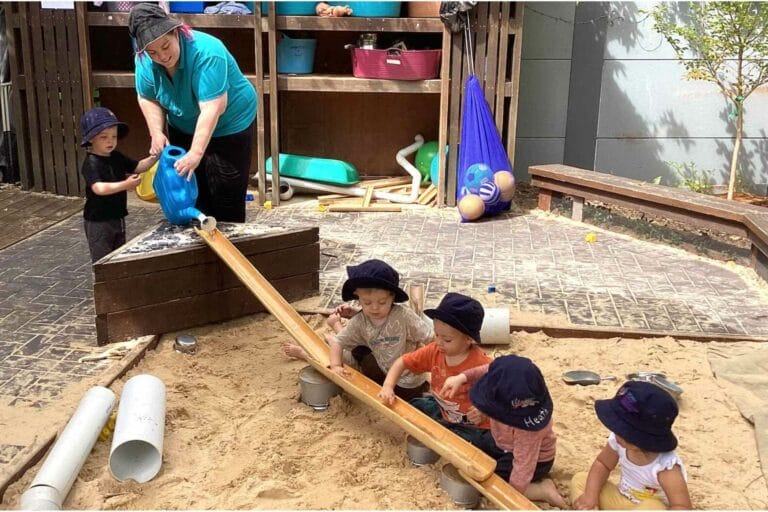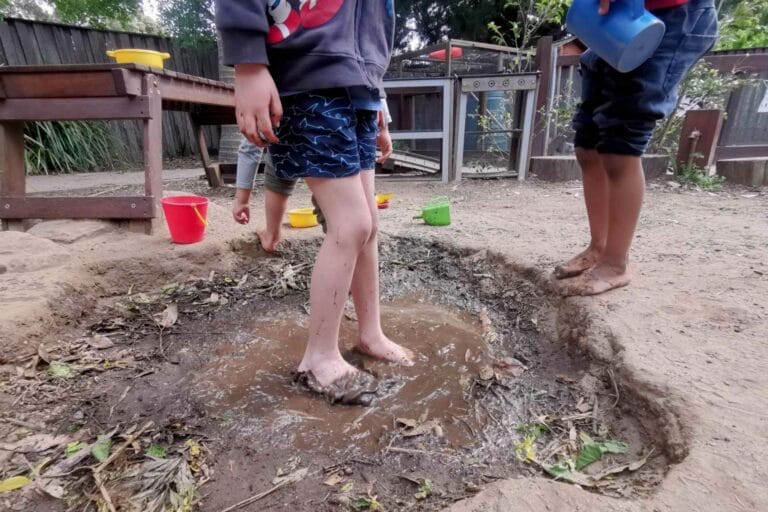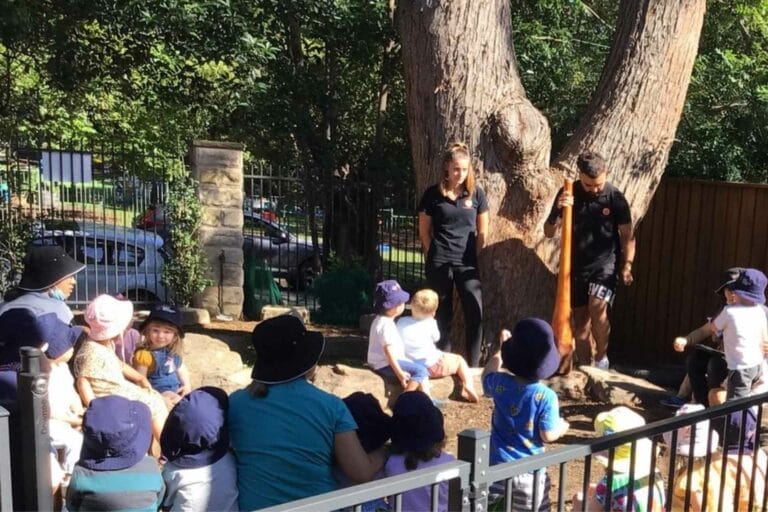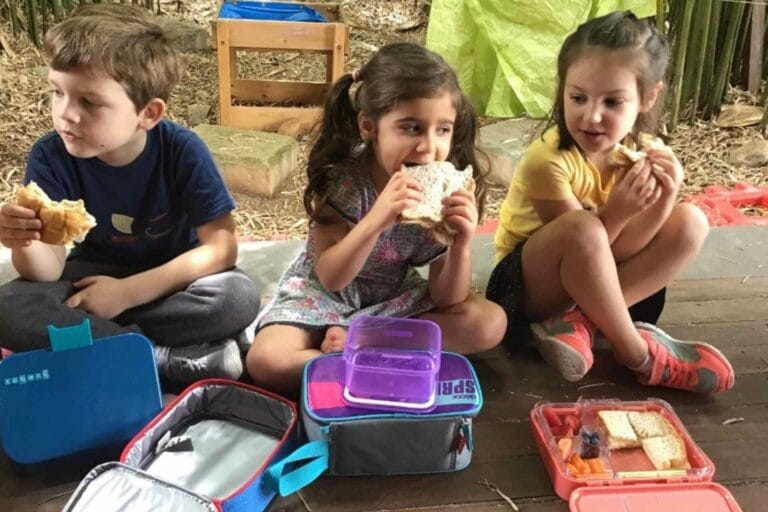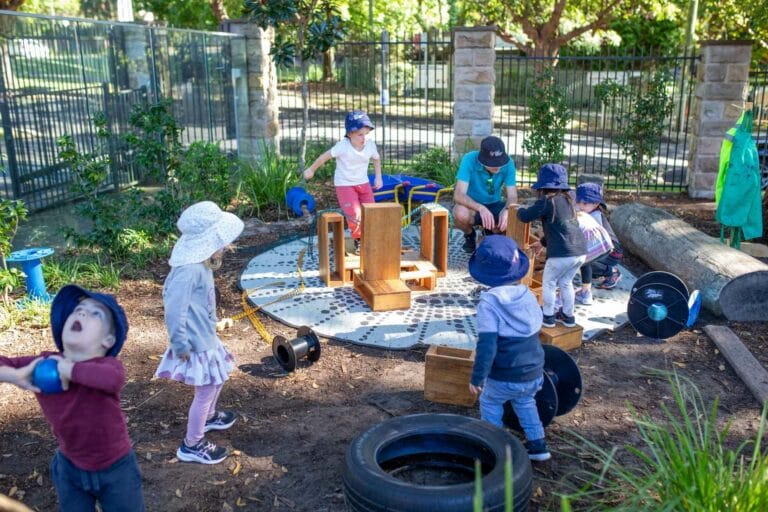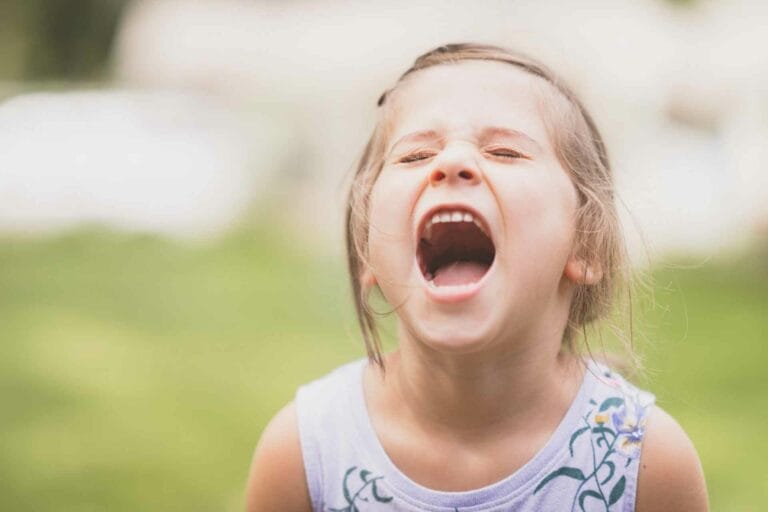How to prevent burns in children
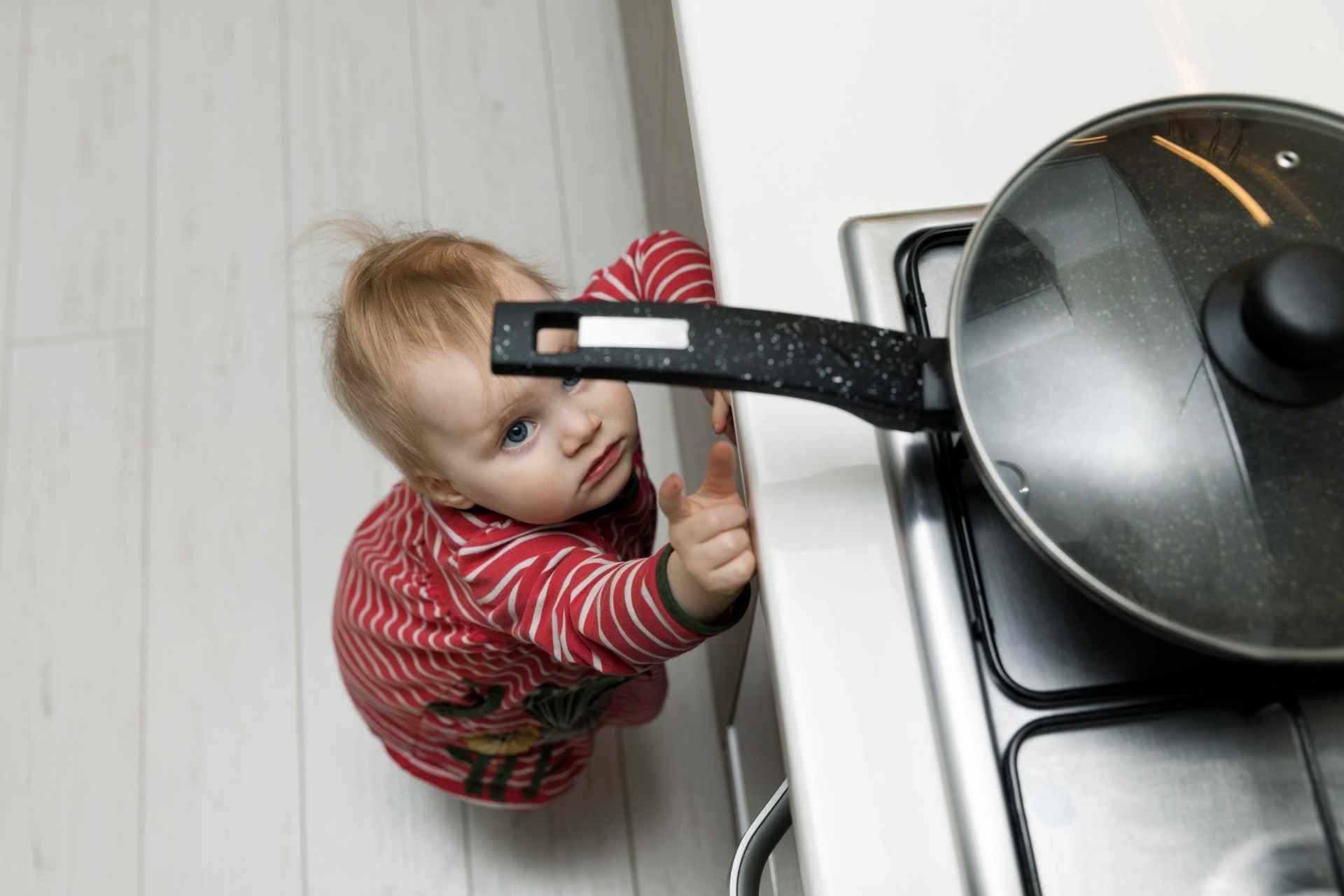
We recently spoke to Tara Eid, from Kidsaver CPR + First Aid about what we need to know about preventing burns in children. Below Tara takes us through what all parents need to know when it comes to their children and how to prevent and treat burns.
As the weather gets colder, the risk gets higher for infant and child burns. In fact: almost 80% of serious burns and scalds in children occur in the home. The kitchen is the highest burns risk room with 50% of childhood burns occurring here! The biggest culprit? Hot water, followed by contact, flame injuries and friction burns.
It may not surprise you that 1-3 year olds are most at risk. This is because they move curiously and quickly throughout the home and they tend to find hot items or surfaces in seconds before adults can react. Their skin is also far more delicate than that of adults, which places our little ones at an even higher risk.
“Did you know… At 60 ºC, it takes just one second for hot water to cause third-degree burns in children. Yes, just ONE SECOND!
At 55 ºC, it takes 10 seconds for hot water to cause third-degree burns. At 50 ºC, it takes five minutes for hot water to cause third-degree burns.
That really isn’t a lot of time, especially when you are thinking about our little children.’
Sometimes it is the simple things. Take a moment to think about the danger the takeaway coffee you just purchased, or the coffee or tea you just made at home (which all are above 60 ºC), poses to your child. With over 400 children treated at Sydney Children’s Hospitals for burn injuries last winter alone, Kidsaver has curated a guide to help you keep your little loved ones safe this Winter.
10 Simple Protection Tips
- Check all your smoke alarms work.
- Restrict your children’s access to the kitchen, especially when preparing hot food and drinks.
- Keep hot food and drinks out of reach of children, especially away from the edges of tables.
- Check the water temperature before placing children in baths.
- Keep all electrical appliances out of reach of children and store away safely after use. This includes heaters, kettles and irons.
- Never let a child play on or near a treadmill.
- Closely supervise children around barbecues.
- Use the back stove hot plates and turn pot and panhandles around towards the back of the stove.
- Install childproof restraint locks on ovens, and safeguard fireplaces and heaters.
- Keep hair straighteners and irons unplugged when not in use, and never leave unattended.
4 Simple first aid steps for burns, all parents need to know
When a burn or scald occurs, take the following action quickly:
- REMOVE: Remove any non-adherent clothing, nappies and jewellery as soon as possible – don’t forget the nappy – these are very absorbent and retain heat. If clothing is stuck to the skin, do not remove it, it is important to keep the skin as intact as possible. Also, do not pop any blisters.
- COOL: Place the burn under cool running water for a minimum of 20 minutes. Try to just apply water to the burned area and keep your child’s unburned areas warm as they can get cold very quickly.
- COVER: Once the burned area is cooled, loosely cover the burn with cling wrap or a non-stick dressing from your first aid kit to protect the burned area.
- SEEK: Seek medical attention for all children with burns, especially if the burn is larger than a 20 cent coin or is to the face, neck, hands, feet, genitals or buttocks. We don’t want their skin to scar. Scars don’t grow with your child and can cause different levels of deformities and disabilities.
Never use ice, oils, butter or anything else on a burn for first aid, these will not help a burn to heal and may cause more damage or infection.
When it comes to burns, prevention is key. Remember to keep any burn risks out of reach of children and teach your children that HOT means DANGER. Most importantly, if your child is burned – 20 minutes of cool running water!
For more helpful tips to keep your child safe, head over to the Kidsaver website or Facebook and Instagram. If you would like to find out more about our centres you can book a tour or send us a message.
Written By
Tara Eid, the founder & director of Kidsaver CPR + First Aid, a paediatric Registered Nurse & mum to 3 boys of her own.
